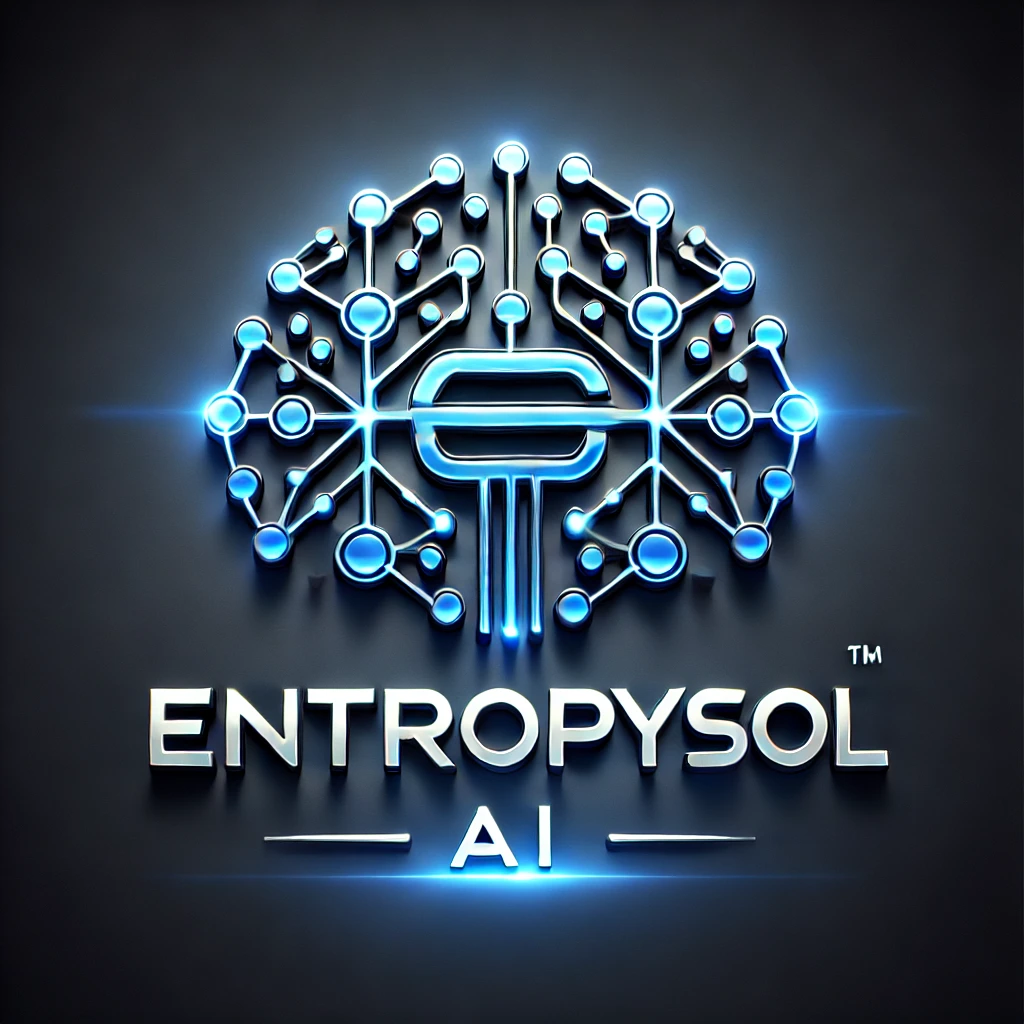In the world of artificial intelligence, the ability to categorize data accurately is paramount. This task, known as classification, forms the backbone of countless applications, from identifying spam emails to diagnosing medical conditions. When it comes to building these predictive systems, Keras stands out as a highly popular, user-friendly, and powerful deep learning API. Integrating seamlessly with TensorFlow, Keras empowers developers to construct and train robust classification models with remarkable ease.
What Exactly Are Classification Models?
Classification models are a type of supervised machine learning model designed to predict the category or class of a given data point. They learn from a labeled dataset, where each data point is associated with a specific category. The goal is for the model to generalize this learning to new, unseen data, assigning it to the correct class.
Classification tasks can be:
- Binary Classification: Predicting one of two possible outcomes (e.g., spam or not spam, true or false).
- Multi-class Classification: Predicting one of more than two possible outcomes (e.g., classifying images of animals into “cat,” “dog,” “bird”).
These models are fundamental to making sense of large, complex datasets and driving automated decision-making.
Why Choose Keras for Classification?
Keras has become a go-to choice for building classification models due to its distinct advantages:
- User-Friendliness: Its intuitive, high-level API allows for rapid prototyping and easy model construction, abstracting away much of the underlying complexity of TensorFlow.
- Modularity: Models are built by stacking layers, providing immense flexibility to design custom architectures.
- Extensibility: While simple for beginners, Keras also allows for advanced customization for expert users.
- Broad Adoption: Backed by Google and widely used in the AI community, ensuring excellent support and resources.
This combination makes Keras ideal for both newcomers to deep learning and experienced practitioners.
Building a Basic Classification Model with Keras (Conceptual Overview)
Creating a classification model in Keras typically follows a clear workflow:
- Data Preparation: Load and preprocess your labeled dataset. This involves tasks like normalization, splitting into training and testing sets, and encoding categorical labels.
- Model Definition: Construct your neural network. You’ll typically use
SequentialorFunctionalAPI to add layers (e.g.,Denselayers for standard neural networks), specifying the number of neurons and activation functions for each. - Model Compilation: Configure the learning process by defining the optimizer (e.g., Adam, SGD), the loss function (e.g.,
binary_crossentropyfor binary classification,categorical_crossentropyfor multi-class), and metrics to monitor (e.g.,accuracy). - Model Training: Fit the model to your training data using the
model.fit()method. The model learns to map inputs to outputs by iteratively adjusting its weights. - Model Evaluation: Assess the model’s performance on unseen test data to ensure it generalizes well.
Key Advantages of Using Keras for Classification
- Rapid Prototyping: Quickly test different model architectures.
- Simplified Debugging: Clear error messages and a straightforward structure.
- Strong Community Support: Access to extensive documentation, tutorials, and a vibrant user community.
- Production Readiness: Models built in Keras can be easily deployed in production environments through TensorFlow.
Classification Models with Keras: Empowering Predictive Analytics
Keras empowers developers to effectively tackle classification problems across diverse domains. Its simplicity, flexibility, and robust ecosystem make it an invaluable tool for anyone looking to build intelligent systems that can accurately categorize data, drive predictive analytics, and unlock new insights from information. Embracing Keras means embracing an efficient path to developing impactful AI solutions.
